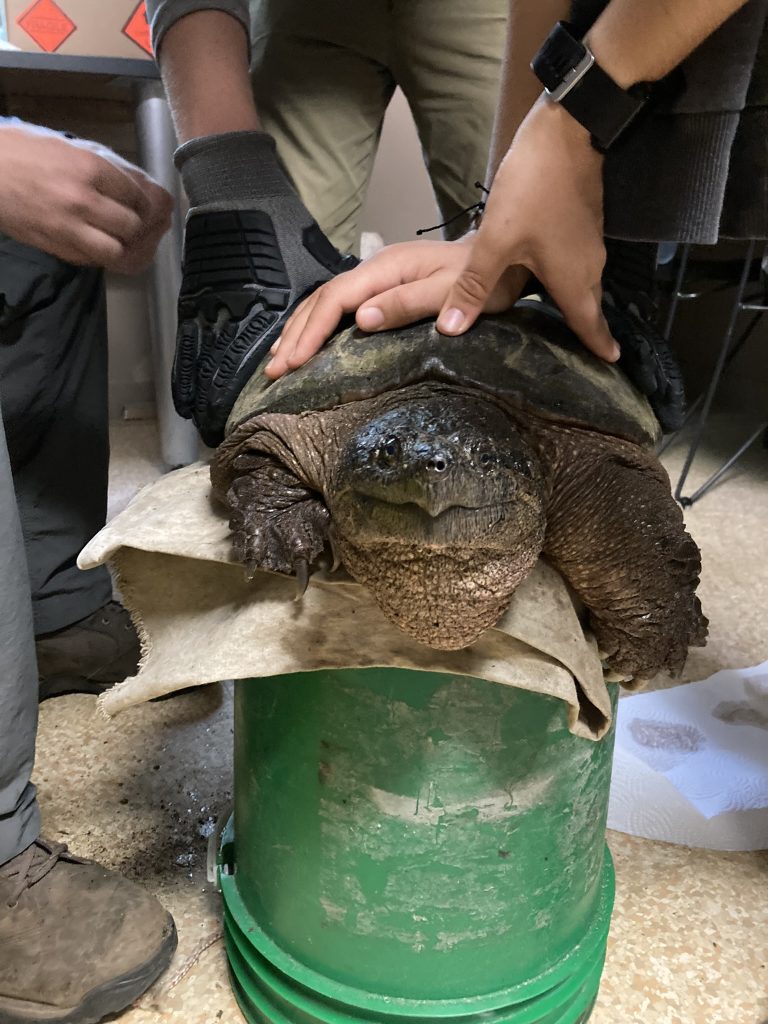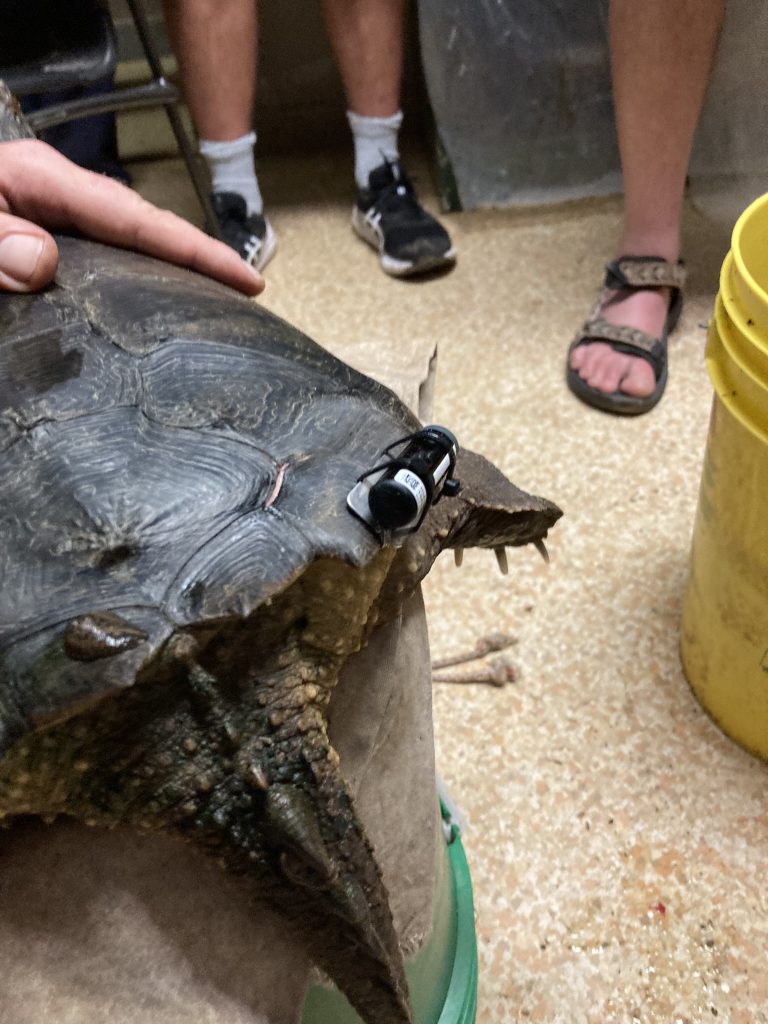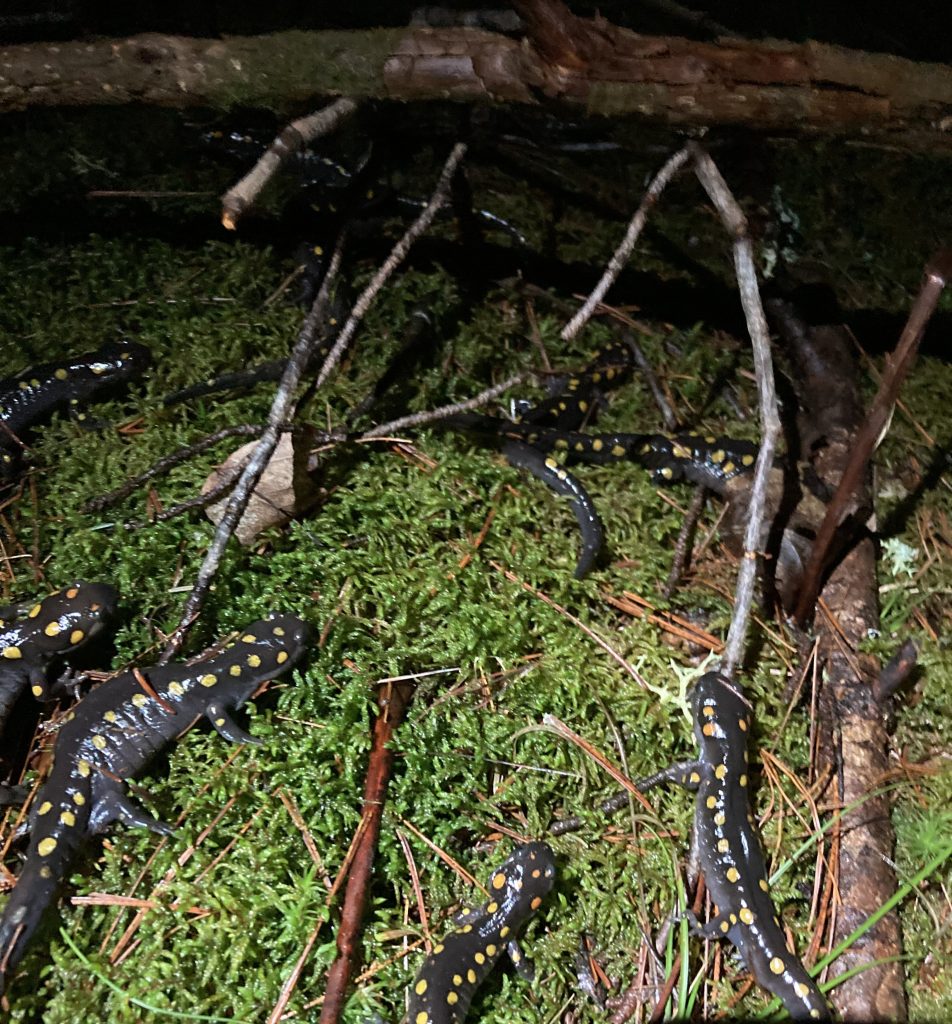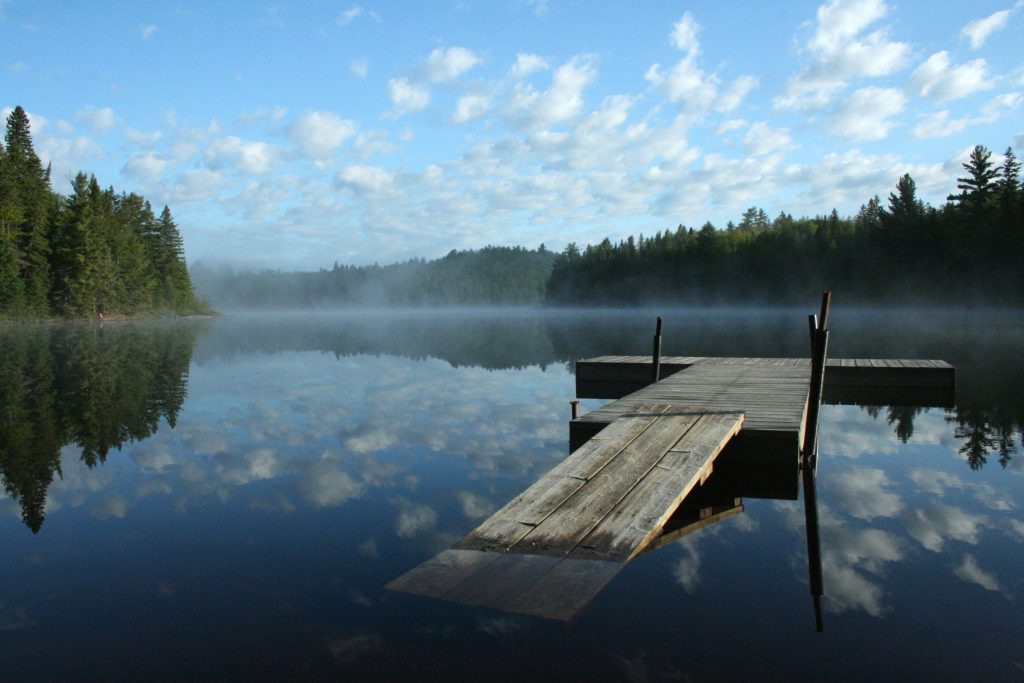Funded PhD position in the Ecology and Evolution of Reptile Behaviour
The Rollinson group at the University of Toronto (https://rollinson.eeb.utoronto.ca/) is recruiting a highly-motivated PhD student who will use the latest in acoustic array technology as well as mark recapture techniques to understand sex-specific habitat partitioning and how thermal regimes differentially impact the sexes. The project involves studying the movement and behaviour of both Snapping Turtles and Spotted Salamanders.

The Acoustic Lakes Array in Algonquin Park (https://www.harkness.ca/research/aquatic-research/algonquin-lakes-acoustic-array/) is an elaborate network of acoustic receivers deployed across three temperate lakes. Although the primary motivation for the array was to study fish movement, fifteen snapping turtles were also outfitted with acoustic transmitters in fall 2023. Since then, the position, depth, and temperature of the turtles has been recorded several times daily for all turtles in range of the receivers, and data will continue to be collected passively through at least 2026. These data, as well as the data that will be collected in the coming years, represents an incredible opportunity to study the movement and behaviour of large, temperate reptiles, as the volume of location data eclipses most previous work on spatial ecology of reptiles. The PhD student will leverage data on the location and physical environment of snapping turtles collected between 2023 and 2026 to explore how different lake regimes influence temperature selection of turtles, how large snapping turtles move through the landscape, and sex-specific differences in habitat, home range, and behaviour. This project thus represents an incredible opportunity to match fieldwork experience with quantitative biology.

In collaboration with Dr. Patrick Moldowan, the Rollinson group also leads a long-term study mark-recapture study of spotted salamanders in Algonquin Park, with up to 3500 salamanders breeding each spring. The PhD student will lead a team of field researchers in early spring (April – May) to collect long-term data on spotted salamanders. The student will leverage these data (2008-present) to investigate spatial and temporal patterns of movement, investigating site philopatry and sex-specific differences in movement, culminating in telemetry studies that will help us understand how salamander movement differs between sexes and where salamanders spend their summer.

The PhD position will be in the lab of Dr. Njal Rollinson at the University of Toronto, in close collaboration with Dr. Jackie Litzgus at Laurentian University (https://laurentian.ca/faculty/jlitzgus), a renowned conservation biologist and chelonian expert who co-manages our long-term turtle research in the Park (https://rollinson.eeb.utoronto.ca/more/turtle-life-history-study/). The student will also have the opportunity to develop their quantitative skills and apply state-space models to the data with Vianey Leos Barajas (https://www.vleosbarajas.com), an expert on statistics and shark movement ecology at the University of Toronto. There are also exciting opportunities to collaborate with government researchers at the Ministry of Natural Resources (MNR) and Harkness fish laboratories (https://www.harkness.ca/ ), and members of the acoustic array team at University of Toronto Mississauga.
The position will involve fieldwork in Algonquin Park over two to three years, where the student will be housed at the Algonquin Wildlife Research Station (https://www.algonquinwrs.ca/). The student must have a propensity for the outdoors, biting insects, and long days of fieldwork. An aptitude for statistics is also required, as the project will involve large datasets and statistical modelling.

Please send your CV, a writing sample, (unofficial) transcripts, and a brief description of your fit to the position to njal.rollinson@utoronto.ca with the subject line “Acoustic Array PhD position”. Closing date is December 1st 2024, but apply early as applications will be reviewed as they are received.

Recent Comments